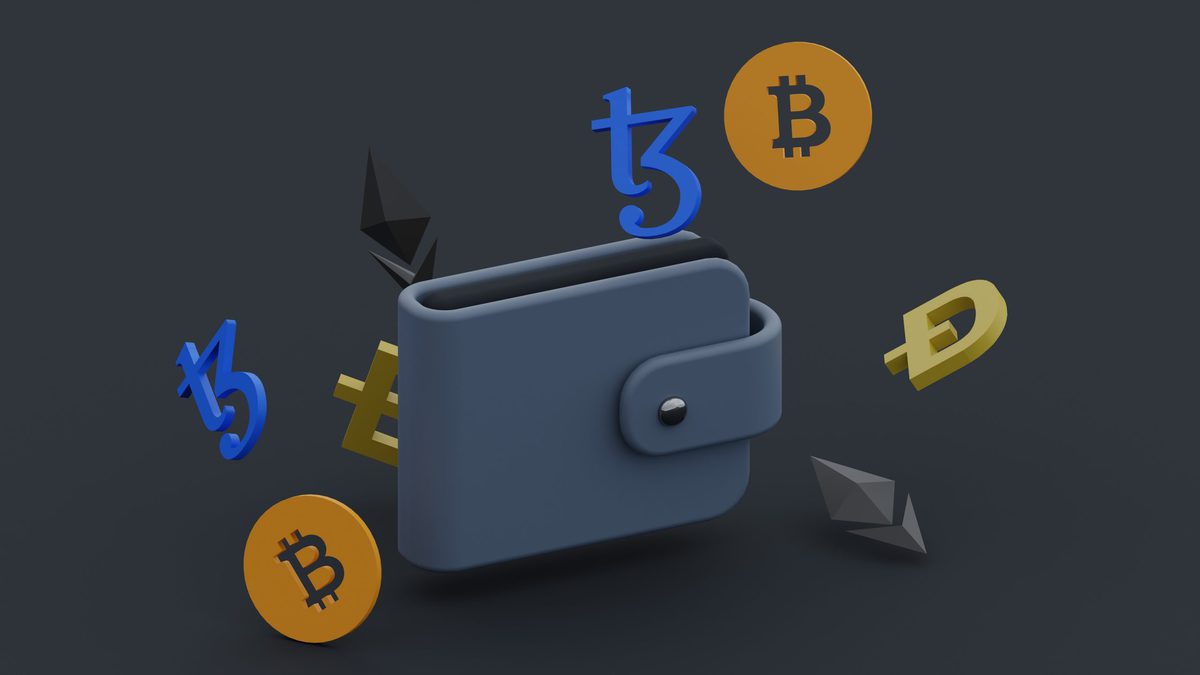For India, the top country for remittances in the world, there are numerous financial choices to be made and each of them comes with its own unique features, tariffs, and velocities. Whether you’re an expat helping out your family back home or a stockbroker in India Securities Market or just making international payments, having deep insight into money transfers is essential. Sending money to India shortly and more affordable.

Conventional Bank Transfers
International money movement has for long been anchored on bank transfers. For instance, if you want to transfer funds to India through a bank account, you require details about where your recipient keeps their funds along with SWIFT/BIC codes of the respective banks. However reliable these transactions are, they are expensive because of high charges as well as low exchange rates. The processing times range from a day up to five days depending on the sending and receiving institutions.
Digital Payment Platforms
The use of digital platforms has brought changes into money transfers by enabling them become faster and cost-effective. Some services such as PayPal system Wise (formerly TransferWise) and Revolut offer better conversion rates than traditional banking practices when sending money to India. Besides charging lower tariffs which may translate into minutes or hours before transfers take effect, they provide mobile applications that enable users track and manage transactions easily.
Differentiated Money Transfer Services
Firms like Profee, Western Union and MoneyGram are examples of enterprises that specializes in international remittances and have a large presence in India. These platforms allow for various means of delivery such as direct bank deposits, cash pickup, or mobile wallet transfer. Unlike bank transfers which may be quicker, the costs and exchange rates fluctuate thus it advisable to compare options before every transaction.
Transfer through Cryptocurrencies
Since regulations are still being formed, one might wonder how cryptocurrency is becoming an option used in transferring money to India. For example, Coinbase and Binance are platforms where people can send bitcoins or other digital currencies which can later be converted into Indian rupees. By doing this, it could shorten the duration within which money is moved across borders thereby reduce expenses; however a proper understanding of cryptocurrency markets and risks would be prerequisite.

Finding Your Way Through Exchange Rates And Fees
The value of money changes every time while some financial institutions put additional cost on top of this. XE.com among others provide online tools to monitor real- time exchange rates so that you end up with the best deal. It is also important to note that fees may either be fixed amounts or percentage charges applied on amounts transferred.
Internal Lingo
- Rate providers: Employ comparison websites when wanting to check speed transactions/fees/reviews by customers.
- Plan your transfers: Choose to send money at a time when exchange rates are in favor of you.
- Bulk transfers: This means that the more money you transfer, the better your rate and lower fees charged.
- Indo-global banking alliances: Some foreign banks have partnership arrangement with Indian banks thus resulting in better terms of sending money.
Conclusion
Transferring funds to India is not necessarily as overwhelming as it might seem whether it be for supporting one’s family or managing investments. With many options available like traditional banks, digital platforms, specialized remittance services and even cryptocurrencies, there is a way out. Ensuring that your money reaches its destination quickly and inexpensively requires proper information and tactics therefore making your financial journey to India smoother than ever before.

